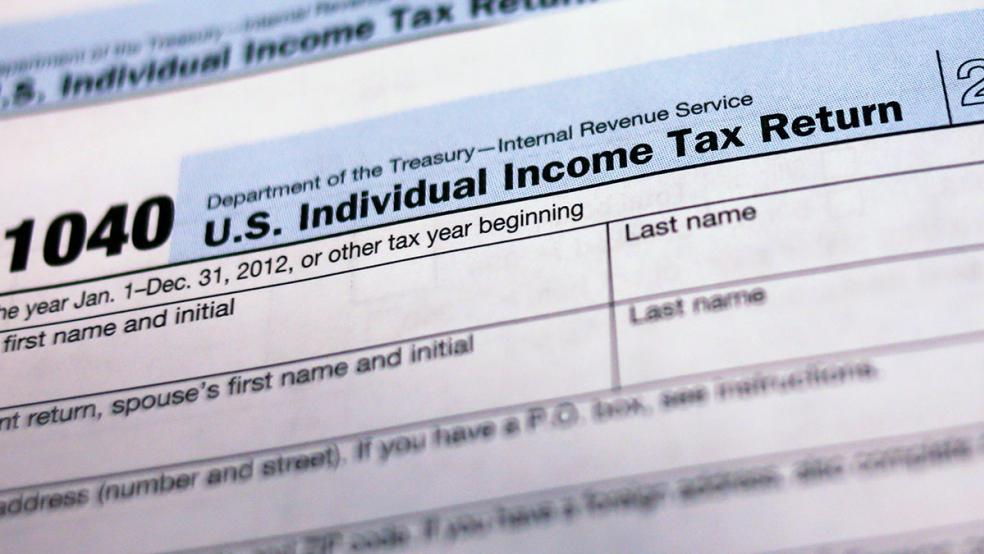You’re probably rushing to finish holiday shopping, but it’s also a good time to wrap up loose ends when it comes to taxes. Here are 13 ways to prepare for
April 18, 2017—the deadline for your 2016 returns.
1. Pay education expenses in advance: Pay the tuition or enrollment fee for a class or course that starts in the first three months of next year by Dec. 31. By doing so, you can claim the lifetime learning credit, says Lisa Lewis, a CPA and TurboTax’s blog editor. This credit, worth up to $2,000 per year, is available for qualified education expenses you pay for yourself, your spouse or dependent.
2. Insulate your house (and other improvements): "While we don't know whether Congress will extend credit for energy-efficient home improvement equipment for next year, you may want to get that new insulation—or any additional energy-saving project—done before Dec. 31," says Lewis. The credit is worth 10 percent of the cost of qualified energy-saving improvements like insulation, exterior windows and doors, and certain roofs. The lifetime limit is $500.
3. Document family changes: If you had a child this year, make sure you turn in the paperwork to get the child’s Social Security number before filing your taxes, says Lewis. You can do this by filing a Form SS-5 with the Social Security Administration along with proof of the child’s age, identity and U.S. citizenship. The Social Security number will allow you to claim the dependency exemption and take the child tax credit. Single parents can also file as head of household. If you don’t report the Social Security number for each dependent, you can be hit with a $50 fine and your refund delayed until the matter is resolved.
4. Take minimum distribution: Americans who are 70.5 years old are required to take a minimum distribution from their IRA, SEP IRA, SIMPLE IRA or retirement plan. If it’s your first time taking the distribution, you get a break and can take the distribution by April 1 of next year, says Jackie Perlman, a senior tax research analyst with the Tax Institute at H&R Block. But that means you will have to take two distributions in the 2017 calendar year. Unfortunately, the withdrawals will be added to your taxable income.
5. Reduce taxable portion of minimum distributions: To reduce how much your required minimum distributions add to your taxable income, consider donating those funds to charity using a rollover provision that has been around since 2006, says Perlman.
“If you plan to make a $500 contribution to the Red Cross, for example, do a trustee-to-trustee transfer from your IRA account,” she says. “Many people in this age group don’t itemize (their taxes) anymore, so by making the qualified charitable rollover, that amount reduces their adjusted gross income (AGI), which is always a good thing.”
6. Lower your AGI: Other ways to reduce your taxable income is to increase your 401(k) contributions from your last few paychecks—if you haven’t hit the limit—or make the max contribution to other retirement accounts, up to the limit. (You can contribute $18,000 if you are under 50 to 401(k)s, and up to $24,000 if you are 50 and over. The IRA limit is $5,500 this year or $6,500 for those 50 and over.) Another way to reduce AGI is to make an extra contribution to your health savings account, up to $3,350 for an individual or $6,750 for a family.
7. Harvest investing losses. If you have investments you can sell at a loss, use those losses to reduce taxable capital gains. But you have to sell the investments by Dec. 31, says Perlman. And you can’t buy back the same investment within 30 days if you want the loss to be deductible, according to the wash-sale rule. You can harvest losses on stocks, bonds, mutual funds or other investments that have lost value.
8. Fund or withdraw from 529s: Many states offer full or partial state tax deductions for contributions to 529 plans, which can be funded up to $14,000 to qualify for the federal gift tax exclusion. If you pay for qualified education expenses this year, make sure you are reimbursed by the plan before Dec. 31. Keep records of these expenses for your taxes.
9. Donate to charity: If you plan to donate to certain charity or have made pledges to do so during the year, make good on those promises by Dec. 31 to get the tax deduction by 2016. Make sure to get documentation that shows your contribution, especially if it’s a cash donation of $250 or more. Donations under that amount can be documented by a canceled check, bank statement or receipt from the charity.
10. Pay doctor bills: For those 65 and older, pay off any unpaid medical bills before Dec. 31. That’s because you can deduct medical or dental expenses that total at least 7.5 percent of your adjusted gross income. That threshold rises to 10 percent of adjusted gross income starting next year.
11. Anticipate a refund delay: The IRS will hold refunds for tax returns claiming the Earned Income Tax Credit or the Additional Child Tax Credit until Feb. 15. The new process reflects a change made by Congress to the Protecting Americans from Tax Hikes Act and is aimed to give the agency more time to detect possible fraud.
12. Expect more questions from tax pros: If you have someone prepare your taxes, expect them to ask more pointed questions this year versus years past, says Perlman. That’s because the due diligence laws have changed and now require tax preparers to double-check that you’re qualified to take the American Opportunity Tax Credit or Child Tax Credit. “They're not just nosy,” says Perlman, who says they must report the verification on Form 8867.
13. Get organized: Start gathering records now—such as charity receipts and business expense receipts—and put them in one spot. Pull last year’s return out to remind yourself what documents you should be on the lookout for in the mail, such as 1099s from different banks or brokerage companies. Keep a list of those documents and check them off when the records come in.





